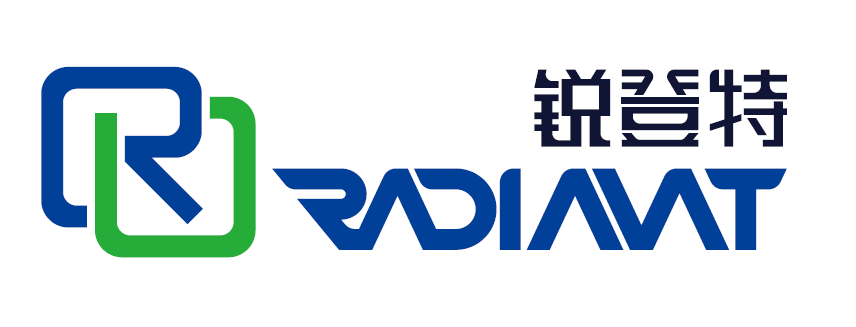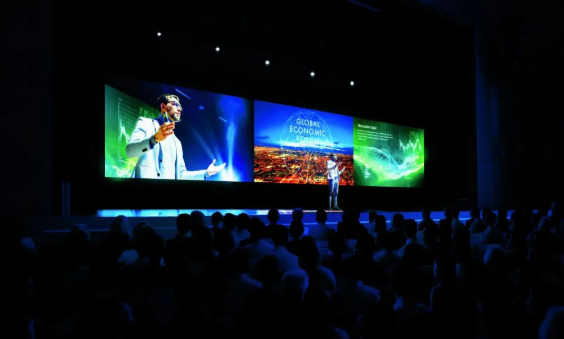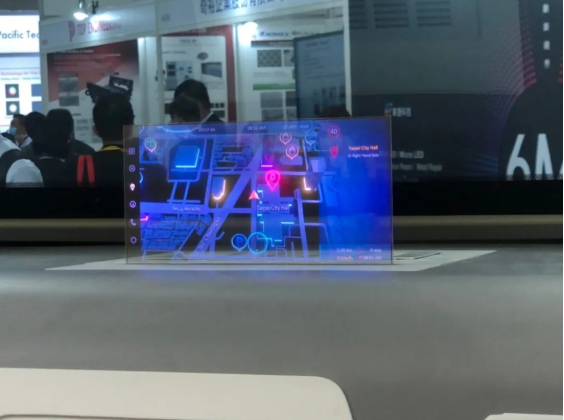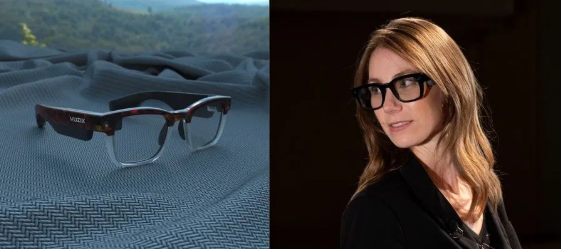After nearly two decades of development, Micro LED, known as the ultimate display technology, finally ushered in the application year of a hundred flowers blooming this year. In the past few years, Micro LED commercial products have been spliced into large-scale commercial displays. This year, Micro LED has expanded its field to AR glasses. Not only can the prototype of commercial products be seen, but it is also considered to be a key technology that can practice AR applications. The product areas that will be sampled or trial-produced include large-scale displays, commercial displays, automotive displays, automotive flexible panels, wearable displays, and AR/VR micro-displays.
In addition to the fact that large-scale displays have always been an important field for the development of Micro LED technology, the future development of Micro LED in the automotive field has considerable potential. Of course, considering the safety standards of the vehicle itself, the vehicle industry certification time is at least 3-5 years, and it must also match the schedule of the car manufacturer to launch the car model. The application of Micro LED to the OE market will require years of investment.
However, from the perspective of improving driving safety experience, Micro LED can definitely demonstrate its technical value in the field of head-up display (HUD). This can also give a glimpse of the huge business opportunities behind it from the fact that various factories are actively launching Micro LED transparent displays. This year, many major manufacturers are actively exhibiting Micro LED automotive products at Touch Taiwan, and one of the 9.38-inch transparent Micro LED displays is directly aimed at the head-up display (HUD) market. The penetration rate of this transparent display has been increased to 65-70%, meeting the 70% penetration rate required by the car factory. Coupled with the high resolution of Micro LED and the ability to adapt to extreme high and low temperature environments for vehicles, the industry is quite confident that Micro LED will be introduced into the automotive AM market where HUD are used as applications.
In fact, as early as 2018, when Samsung launched the so-called world's first ultra-large Micro LED TV, the outside world has been full of expectations for the application of Micro LED in the field of large displays. However, limited by technical and cost issues, it was not until this year that the launch of Micro LED large-scale display products was truly considered a large volume. "The cost of Micro LED this year has dropped by 50% compared to last year", which catalyzes the most critical element of the development of Micro LED large-scale displays this year - cost optimization. Although compared with traditional LED back-lighting or OLED, the cost of Micro LED, the ultimate display technology, still has considerable room for price reduction, but this year's cost decline has indeed made Micro LED a big step towards commercialization and mass production.
test in public places, and even the AR contact lenses launched by Mojo Vision, which make the industry optimistic and actively invest in the research and development and production of AR glasses technology.
In terms of the key technology to achieve AR glasses, Micro OLED was the mainstream technology in the field of AR glasses in the past. However, as AR glasses cannot be limited to indoor space in the future, brightness has become the weakness of Micro OLED applied to AR glasses. P2 flexible screen. Considering that the AR glasses must be used outdoors, their brightness must reach more than 4,000 nits. Since the development of the glasses relies on the Optical wave-guide to enter the light and display the image through array refraction, the luminous efficiency of the Optical wave-guide is only 0.1%. , the light source must be at least greater than 4 million nits, and Micro OLED is difficult to achieve based on its material characteristics.
Among them, JBD has the technical strength of Micro LED light engine, and is a company capable of mass production of Micro LED micro-displays. It has cooperated with many manufacturers to launch products, which has attracted the attention of the industry. JBD will release Micro LED binocular full-color AR glasses in the near future. How it breaks through the current technical limitations has also made the industry want to know more about it.
In addition to the above characteristics, Micro LED can also achieve flexibility, flexibility, and the characteristics of being able to make various shapes. Compared with OLED, Micro LED has more advantages as the interior dashboard of future vehicles. The smart car cabin exhibited by AUO can give a glimpse of how much the future use methods and scenes in the car will be changed by the improvement of technology.
Of course, Micro LED is moving towards commercialization, and in 2022 when it will be applied in various fields, the field of AR glasses must be mentioned. Manufacturers in mainland China are the most active in launching AR glasses, and the industry has even set this year as the first year of AR glasses. This year includes the Mijia glasses camera launched by Xiaomi, the AR glasses that Google will
With super-large displays, cars, AR glasses, and smart watches all appearing products using Micro LED this year, and Nitronic being listed on the innovation board in Taiwan, the theme of Micro LED is also active in the capital market, and the upstream and downstream industries are united. Work together to continuously overcome the difficulties of Micro LED technology. People in the LED screen industry do not deny that more and more Micro LED commercial devices will be launched this year, which will undoubtedly accelerate the technological breakthrough and cost reduction of Micro LED. The take-off of Micro LED applications is very exciting.
Post time: Nov-28-2022



